Experience: Russian Army
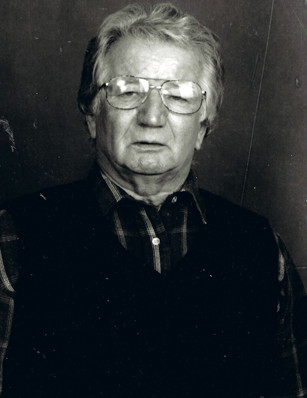
|
|
|
|
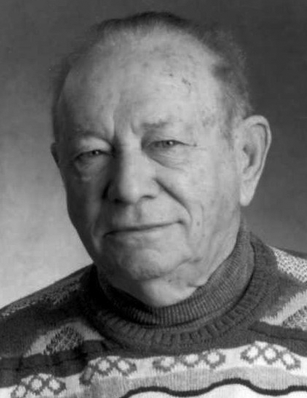
|
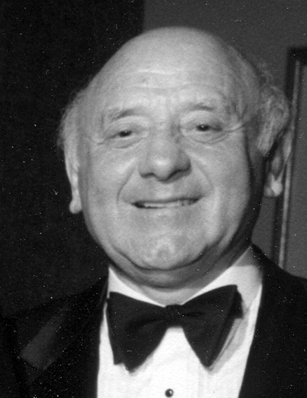
|
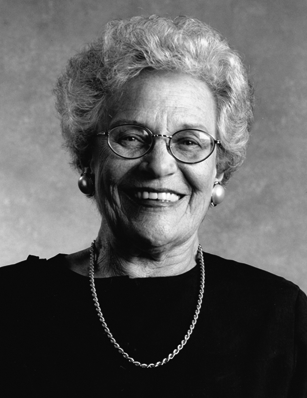
|
|
|
|
|
|
|
|
|
|
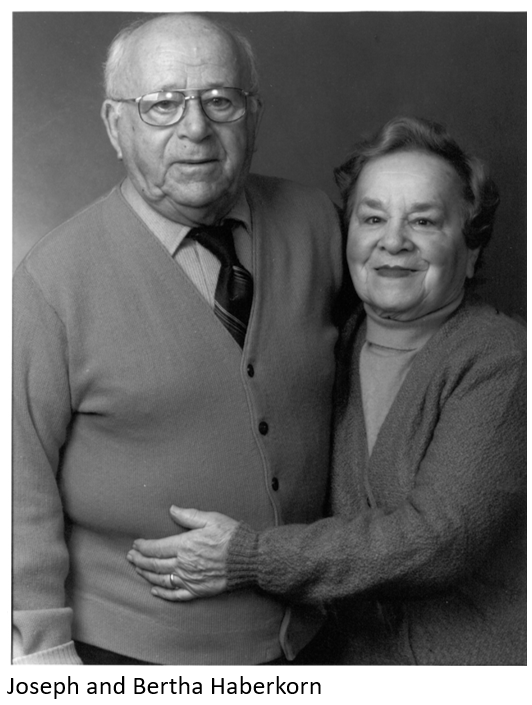
|
|
|
|
|
|
|
|
|
|
|
|
|
|
|
|
|
|
|
|
|
|
|
|
|

|
Russian Army (Red Army)
THE SOVIET UNION AND THE EASTERN FRONT
THE SOVIET UNION AND THE EASTERN FRONT
GERMAN-SOVIET RELATIONS 1939-1941
“The German-Soviet Pact, also known as the Ribbentrop-Molotov Pact after the two foreign ministers who negotiated the agreement, had two parts. An economic agreement, signed on August 19, 1939, provided that Germany would exchange manufactured goods for Soviet raw materials. Nazi Germany and the Soviet Union also signed a ten-year nonaggression pact on August 23, 1939, in which each signatory promised not to attack the other.
“The German-Soviet Pact enabled Germany to attack Poland on September 1, 1939, without fear of Soviet intervention. On September 3, 1939, Britain and France, having guaranteed to protect Poland's borders five months earlier, declared war on Germany. These events marked the beginning of World War II.
“The nonaggression pact of August 23 contained a secret protocol that provided for the partition of Poland and the rest of eastern Europe into Soviet and German spheres of interest. In accordance with this plan, the Soviet army occupied and annexed eastern Poland in the autumn of 1939. On November 30, 1939, the Soviet Union attacked Finland, precipitating a four-month winter war after which the Soviet Union annexed Finnish territory borderlands, particularly near Leningrad. With German indulgence, the Soviet Union also moved to secure its sphere of interest in Eastern Europe in the summer of 1940. The Soviets occupied and incorporated the Baltic states and seized the Romanian provinces of northern Bukovina and Bessarabia.
‘After the Germans defeated France in June 1940, German diplomats worked to secure Germany's ties in southeastern Europe. Hungary, Romania, and Slovakia all joined the Axis alliance in November 1940. During the spring of 1941, Hitler initiated his eastern European allies into plans to invade the Soviet Union.
THE GERMAN INVASION OF THE SOVIET UNION
‘Hitler had always regarded the German-Soviet nonaggression pact as a tactical and temporary maneuver. On December 18, 1940, he signed Directive 21 (codenamed Operation Barbarossa), the first operational order for the invasion of the Soviet Union. From the beginning of operational planning, German military, and police authorities intended to wage a war of annihilation against the Communist state as well as the Jews of the Soviet Union, whom they characterized as forming the "racial basis" for the Soviet state.
‘Hitler had always regarded the German-Soviet nonaggression pact as a tactical and temporary maneuver. On December 18, 1940, he signed Directive 21 (codenamed Operation Barbarossa), the first operational order for the invasion of the Soviet Union. From the beginning of operational planning, German military, and police authorities intended to wage a war of annihilation against the Communist state as well as the Jews of the Soviet Union, whom they characterized as forming the "racial basis" for the Soviet state.
‘German forces invaded the Soviet Union on June 22, 1941, less than two years after the German-Soviet Pact was signed. Operation Barbarossa was the largest German military operation of World War II. Three army groups, including more than three million German soldiers, supported by half a million troops from Germany's allies (Finland, Romania, Hungary, Italy, Slovakia, and Croatia), attacked the Soviet Union across a broad front, from the Baltic Sea in the north to the Black Sea in the south. For months, the Soviet leadership had refused to heed warnings from the Western powers of the German troop buildup. Germany thus achieved almost complete tactical surprise and the Soviet armies were initially overwhelmed. Millions of Soviet soldiers were encircled, cut off from supplies and reinforcements, and forced to surrender.
"As the German army advanced deep into Soviet territory, Einsatzgruppen (mobile killing units) followed the troops and implemented mass-murder operations.
"By early September 1941, German forces had reached the gates of Leningrad in the north. They had taken Smolensk in the center and Dnepropetrovsk in the south. German units reached the outskirts of Moscow in early December. Yet after months of campaigning, the German army was exhausted. Having expected a rapid Soviet collapse, German planners had failed to equip their troops for winter warfare. Moreover, the speedy German advance had caused the forces to outrun their supply lines, which were vulnerable due to the great distances involved (Moscow is almost 1,000 miles east of Berlin).
“In December 1941, the Soviet Union launched a major counterattack against the center of the front, driving the Germans back from Moscow in chaos. Only weeks later were the Germans able to stabilize the front east of Smolensk. In the summer of 1942, Germany resumed the offensive with a massive attack to the south and southeast toward the city of Stalingrad on the Volga River and toward the oil fields of the Caucasus. As the Germans fought their way to Stalingrad in September 1942, the German domination of Europe reached its furthest geographical extension.
THE EASTERN FRONT 1942-1944
“Until the autumn of 1942, the German army was consistently victorious. Europe lay under German domination, from France in the west to the Volga River in the east; from the Arctic Circle in Norway to the shores of North Africa. The battle for the city of Stalingrad proved a decisive psychological turning point, ending a string of German victories in the summer of 1942 and beginning the long retreat westward that would end with Nazi Germany's surrender in May 1945.
“Until the autumn of 1942, the German army was consistently victorious. Europe lay under German domination, from France in the west to the Volga River in the east; from the Arctic Circle in Norway to the shores of North Africa. The battle for the city of Stalingrad proved a decisive psychological turning point, ending a string of German victories in the summer of 1942 and beginning the long retreat westward that would end with Nazi Germany's surrender in May 1945.
“In mid-November 1942, the Soviet army launched a massive counteroffensive against the German Sixth Army, some 250,000 soldiers trying to conquer Stalingrad in bitter hand-to-hand fighting. The Soviet troops encircled and trapped the German forces. Following six more weeks of fierce combat in which both sides took heavy casualties, some 91,000 surviving German soldiers surrendered between January 31 and February 2, 1943.
“After the victory at Stalingrad, the Soviet army remained on the offensive, liberating most of the Ukraine, and virtually all of Russia and eastern Belorussia during 1943. In the summer of 1943 at Kursk, in Russia, the Germans attempted one more offensive but were badly beaten by the Soviet army in what is now considered the military turning point on the eastern front. In the summer of 1944, the Soviets launched another major offensive, which liberated the rest of Belorussia and Ukraine, most of the Baltic states, and eastern Poland from Nazi rule. By August 1944, Soviet troops had crossed the German border into East Prussia. In January 1945, a new offensive brought Soviet forces to the Oder River, in Germany proper, about 100 miles from Berlin.
“In mid-April 1945, the Soviet army launched its final assault on Nazi Germany, capturing Vienna on April 13 and encircling Berlin on April 21. On April 25, Soviet advance patrols met American troops at Torgau on the Elbe River in central Germany, effectively cutting the country in half. After more than a week of heavy fighting in the streets of Berlin, Soviet units neared Hitler's central command bunker. On April 30, 1945, Hitler committed suicide. Berlin surrendered to Soviet forces on May 2, 1945. The German armed forces surrendered unconditionally in the west on May 7 and in the east on May 9, 1945. On May 9, the Soviet army entered Prague, the last major city still occupied by German units. The Western allies proclaimed May 8, 1945, as Victory in Europe Day (V-E Day).”
Accessed on July 28, 2011
Yad Vashem. Photo Archives.
Accessed on 6/10/11.
Yad Vashem. Photo Archives.
Accessed on 6/10/11.
Yad Vashem. Photo Archives.
Accessed on 6/10/11.
Yad Vashem. Photo Archives.
Accessed on 6/10/11.
Yad Vashem. Photo Archives.
Accessed on 6/10/11.
Contact us
thank you!
Your application is successfuly submited. We will contact you as soon as possible
thank you!
Your application is successfuly submited. Check your inbox for future updates.